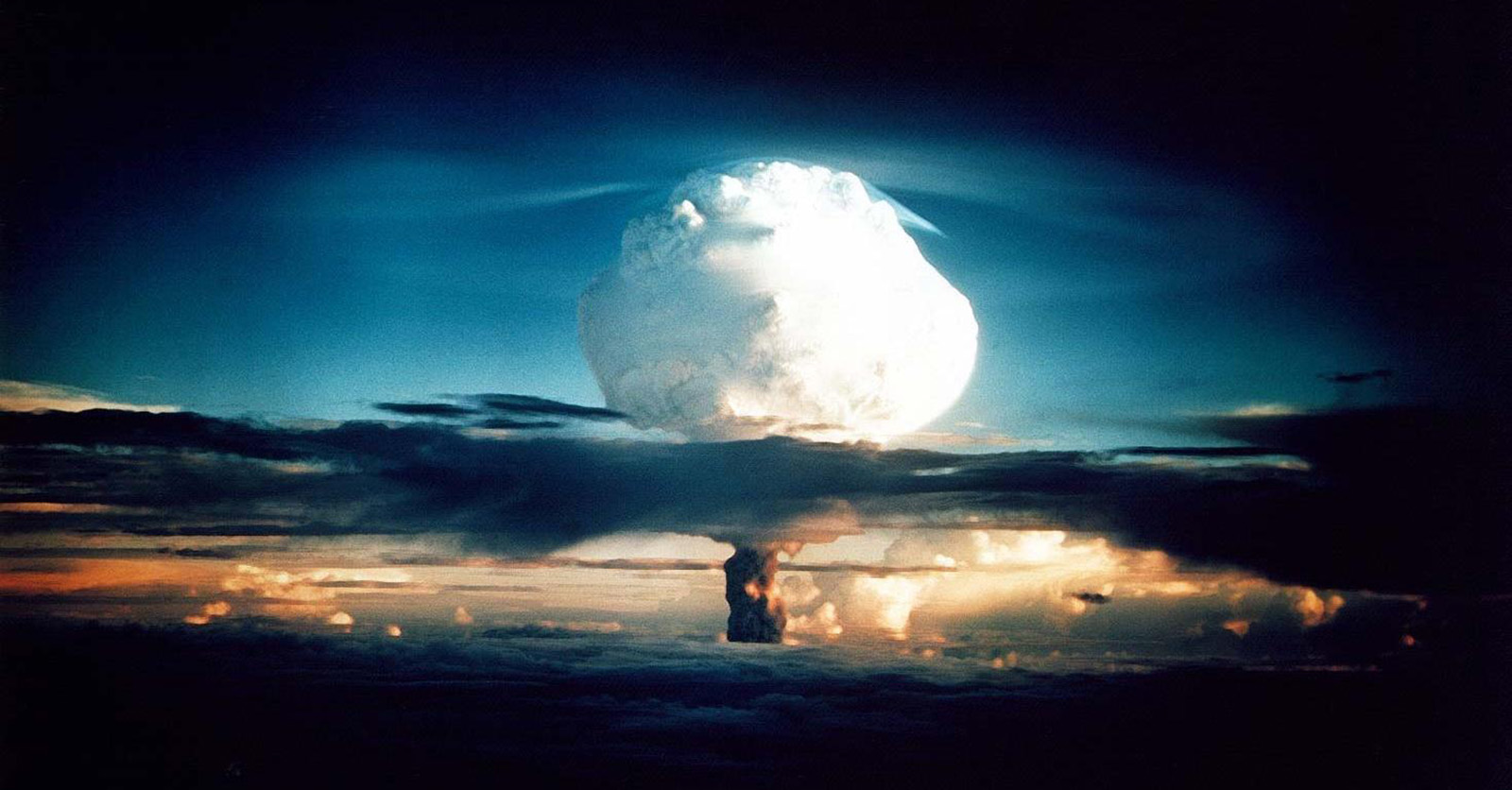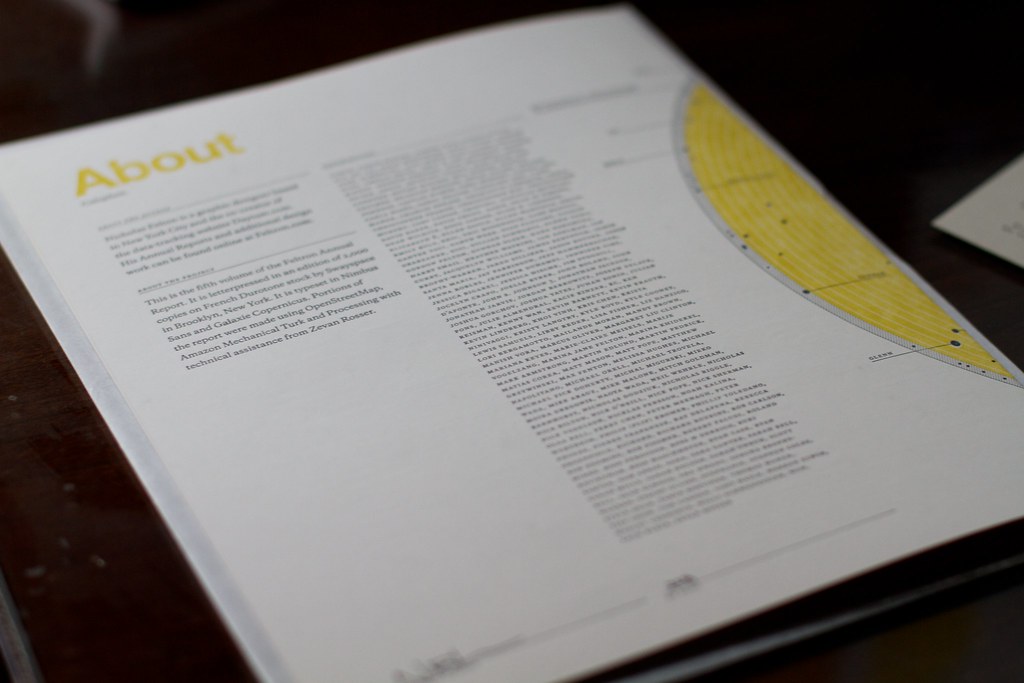
Diego Garcia, a seemingly isolated speck in the vast expanse of the Indian Ocean, holds a significance far exceeding its modest geographical dimensions. For decades, this remote atoll has served as a cornerstone of Western military strategy, a quiet but powerful node in the projection of force across crucial global theaters. Its story is one intertwined with Cold War geopolitics, complex historical injustices, and ongoing strategic calculations in an increasingly contested world.
Often overlooked in public discourse, Diego Garcia is home to a joint UK-US military base that has become critical to operations spanning the Middle East and the wider Indo-Pacific region. This base doesn’t just host aircraft; it represents a long-standing, deeply embedded commitment to maintaining reach and influence from a location intentionally distant from potential flashpoints. Understanding the base’s multifaceted reality requires delving into its origins, its role in recent history, and the vital assets it houses.
From its controversial beginnings marked by displacement to its current status as a key staging ground for advanced military hardware, Diego Garcia embodies layers of history and strategy. The following explores the foundational elements that have established this remote island as a linchpin in global military architecture, examining its unique position, how it came to be, the forces that shaped its purpose, and the critical capabilities it provides to the United States and the United Kingdom.

1. **Its Remote Strategic Location and Historical Acquisition**: Located approximately 700km south of the Maldives, Diego Garcia’s primary asset is its sheer remoteness in the Indian Ocean. This isolation transforms the island from a mere landmass into a strategic sanctuary, far from the direct reach of many potential adversaries and providing a secure platform for long-range operations.
The island, which is only 10km by 20km including the huge lagoon at its centre, is the largest island of the Chagos Islands archipelago. Its value as a military outpost became apparent during the waning days of the British Empire, when London sought to retain strategic locations as it retreated from its colonies to maintain influence on the world stage.
This strategic imperative led to the UK carving out bases in specific locations, such as Cyprus in the Eastern Mediterranean and, crucially, on the Chagos Islands in the Indian Ocean. The remote nature provided a degree of insulation and operational freedom difficult to achieve in more populated or politically sensitive areas, establishing its enduring value as a military hub.

2. **The Painful Legacy of Forced Islander Displacement**: Building a military base on Diego Garcia came at a profound human cost, a historical injustice that continues to resonate. To facilitate the base’s construction and operational requirements, the British forcibly displaced the local islanders, the Chagossians, from their ancestral home.
Around 1,500 islanders were removed without compensation and resettled into slums in Mauritius and the Seychelles. This act of forced removal cleared the way for the military infrastructure but left a lasting scar on the Chagossian people, whose claims to return have been the subject of international legal rulings and ongoing political controversy.
The displacement highlights a stark reality: the strategic value of the island for military purposes was prioritized over the rights and lives of its indigenous inhabitants. This history remains a critical, often painful, layer in understanding the complex narrative of Diego Garcia beyond its purely military function.

3. **The Genesis: The Secret 1966 UK-US Agreement**: The foundation of the modern military base on Diego Garcia was solidified through a clandestine agreement between Washington and London in 1966. This secret deal paved the way for the United States to establish its presence on the island and develop the extensive facilities that exist there today.
Under the terms of this agreement, the US received a 50-year lease on the base, critically including a 20-year right to extension, which has kept the base operational into the present day. In exchange for this pivotal strategic access in the Indian Ocean, the UK received access to cheaper American ballistic missiles.
This confidential arrangement underscores the high strategic stakes involved and the value placed on Diego Garcia by both nations during the Cold War era. It laid the groundwork for the island to evolve into the indispensable military asset it is recognized as today, shaping its destiny as a key component of Western defense architecture.

4. **Diego Garcia as a Cornerstone for US Power Projection**: Over the decades since the 1966 agreement, Diego Garcia has become absolutely critical to the United States’ ability to project military power across vast distances. Its unique location allows it to serve as a go-to base at short notice for operations in two strategically vital regions: the wider Middle East and the Indo-Pacific.
The base provides a secure platform far from the political complexities and potential restrictions sometimes encountered when operating from mainland locations closer to conflict zones. This geographic advantage ensures operational flexibility and reliability, making it indispensable for maintaining a strong military presence and the capacity for rapid response across large swathes of the globe.
Its positioning enables the US military to maintain reach into areas where access might otherwise be challenging, supporting a wide range of missions from surveillance and logistics to direct strike operations. The base is not merely a refueling point; it is a fully capable hub that underpins America’s strategic posture in the Indian Ocean region and beyond, serving as a crucial asset in implementing foreign policy and defense objectives.

5. **Key US Air Force Assets Stationed at the Base**: The strategic importance of Diego Garcia is clearly reflected in the high-value military assets regularly deployed there. The base is home to significant aircraft capabilities, including long-range American B-52 Stratofortress bombers, known for their endurance and payload capacity.
More recently, the US military confirmed it has been amassing stealth aircraft at the base, specifically B-2 bombers. These are described as stealth aircraft used for precision strikes that can evade air-defense systems, making them crucial for penetrating heavily defended airspace.
Satellite imagery has reportedly shown the presence of multiple B-2 bombers, and other open-source accounts have suggested the arrival of additional planes, alongside KC-135 refueling aircraft, which are essential for extending the range and endurance of strike aircraft operating from the base. The presence of such high-level assets underscores Diego Garcia’s role as a premier power projection platform.
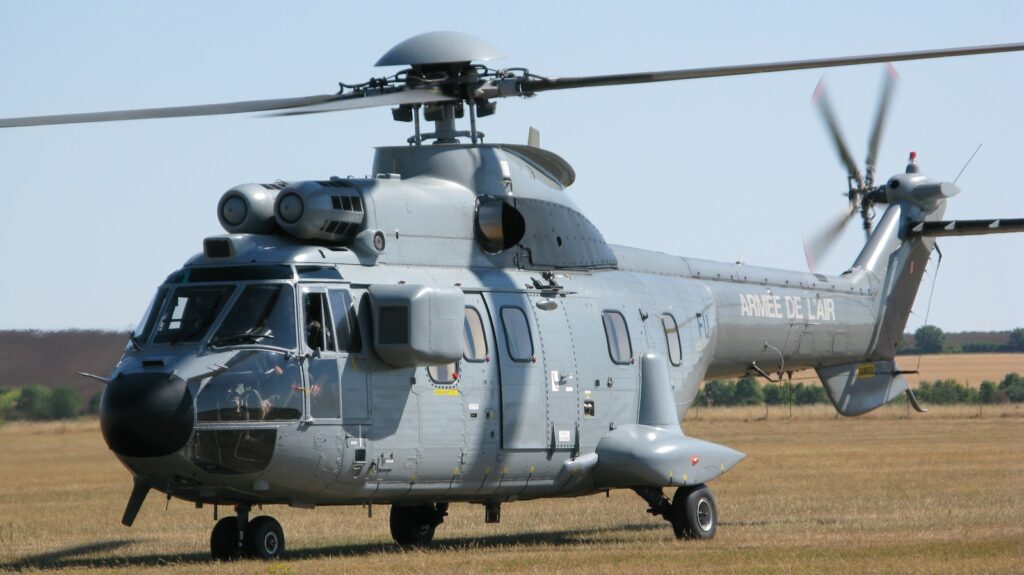
6. **The Base’s Integral Role in Recent Military Operations**: Diego Garcia has played a direct and crucial role in numerous US and UK military operations over the past few decades, serving as a vital launchpad and support hub. Its location has proven invaluable for missions requiring long-range reach into the Middle East and Southwest Asia.
During the late 1990s, when the US sought to conduct sporadic bombing runs against Iraq under Saddam Hussein, Saudi Arabia was hesitant to allow launches from its airfields. US military strategists developed plans to fly B-52 bombers directly from Diego Garcia to strike targets in Iraq, demonstrating the base’s utility in overcoming regional access restrictions.
Furthermore, American bombers flew directly from Diego Garcia to hit targets in Iraq and Afghanistan during the “War on Terror.” The base was also used for essential refueling operations during these extensive campaigns. More recently, reports indicate that US bombers took off from Diego Garcia to carry out strikes on the Iranian-backed Houthi rebels in Yemen, highlighting its continued relevance as a staging point for contemporary conflicts when access from regional bases is constrained or politically sensitive.
As we look to the horizon, the strategic calculus surrounding Diego Garcia becomes increasingly complex, shaped by evolving geopolitical dynamics and the intricate web of international diplomacy. The island, a seemingly fixed point on the map, is subject to currents of change that challenge its long-standing status and operational security. Understanding the full scope of its importance requires examining not only its established military capabilities but also the potential threats it faces and the controversial negotiations currently underway regarding its future governance.
The discussion now turns to the forces arrayed against the stability that Diego Garcia has traditionally provided, delving into the potential vulnerabilities and the intricate political considerations that could reshape its role. This section will explore the emerging security landscape, the sensitive dialogue surrounding its potential handover, and the critical technical elements, like spectrum control, that underpin its vital military function. It will also touch upon the domestic political debates ignited by the prospect of change, revealing the multi-layered complexity inherent in the future of this remote but pivotal outpost.
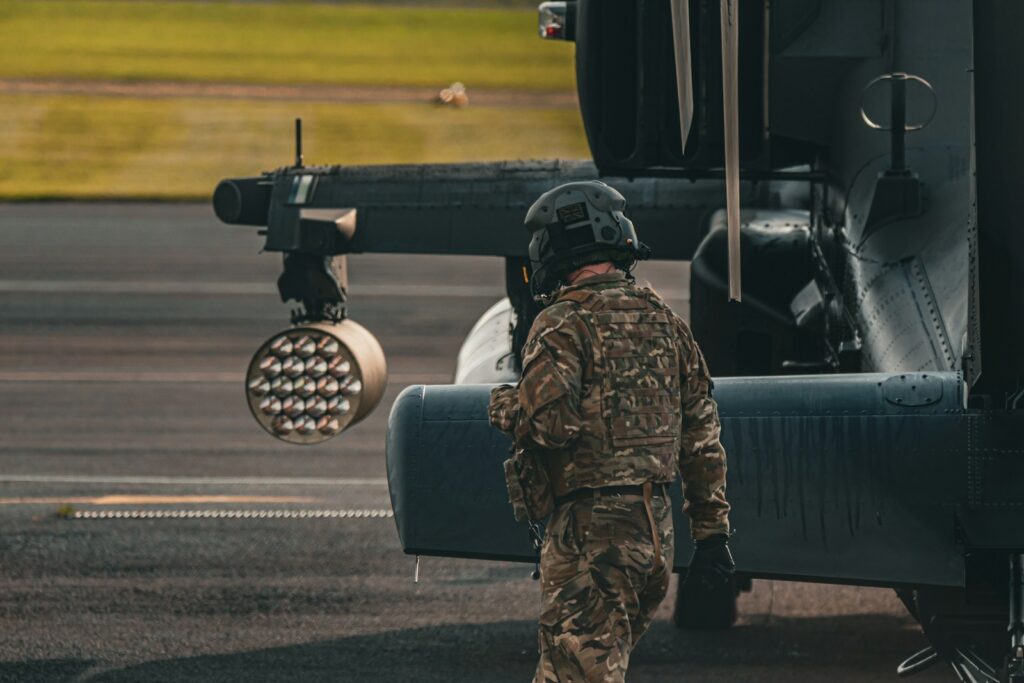
7. **Evolving Threats and Potential Iranian Countermeasures**: The security landscape in the Indian Ocean and surrounding regions is dynamic, with emerging threats posing potential challenges to military assets like those stationed at Diego Garcia. Recent developments have highlighted the need for enhanced force protection, including the deployment of additional aircraft specifically tasked with defending the base itself.
Reports have indicated the deployment of at least four US Air Force F-15 fighter jets to the base, explicitly sent to help protect assets there. This move comes amid growing concerns regarding potential threats emanating from Iran and its proxies. The context suggests that this bolstering of defenses coincides with Iran commissioning vessels capable of launching sophisticated weaponry, including cruise and ballistic missiles, alongside long-range kamikaze drones, indicating a broadening spectrum of potential adversaries’ capabilities.
From Iran’s perspective, articulated in some analysis, the US military presence at Diego Garcia represents a significant strategic target. Given the estimated concentration of high-value aircraft and personnel there, some view the base as vulnerable. Publicly declared Iranian military capabilities, such as the advanced Shahed 136 drones with a range of about 4,000 kilometers and optimized ballistic missiles like the Khorramshahr, are cited as potentially capable of striking the base, located approximately 3,800 kilometers from the closest point on Iranian soil.
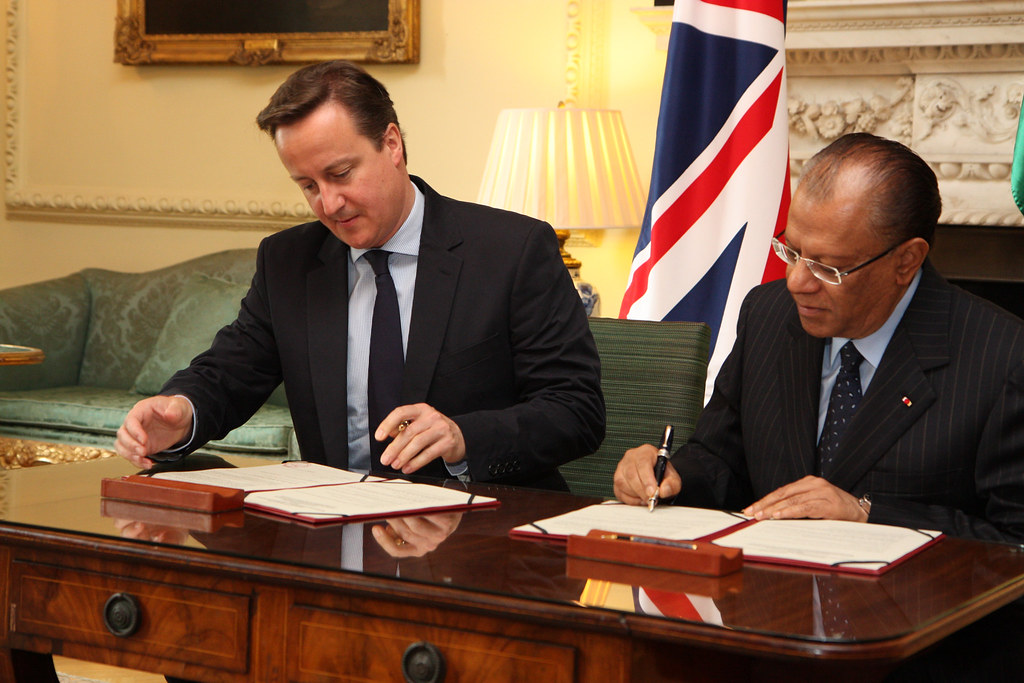
8. **Examining the Proposed UK-Mauritius Handover Deal**: In a significant development that could alter the long-term status of the Chagos Islands and, by extension, the Diego Garcia base, London has agreed to return the archipelago to Mauritius. This agreement, which followed international legal rulings asserting that the islands rightfully belonged to Mauritius, marks a potential turning point in a long-standing dispute.
Under the terms of the proposed deal, the United Kingdom would lease the island containing the military base back for an initial period of 99 years. This arrangement is intended to allow for the continued operation of the joint UK-US facility despite the transfer of sovereignty over the wider archipelago to Mauritius. Such a lengthy lease underscores the perceived enduring strategic value of Diego Garcia to both the UK and the United States.
While US President Donald Trump reportedly signaled support for the deal in February, it has not been without controversy and has yet to be formally signed. Reports suggest the UK put the deal on hold at one point to avoid a ‘toxic backlash’, indicating significant political sensitivities surrounding the proposed transfer. The negotiations, reportedly led by senior UK officials, aim to finalize this complex agreement, navigating both international legal pressures and domestic political critiques.
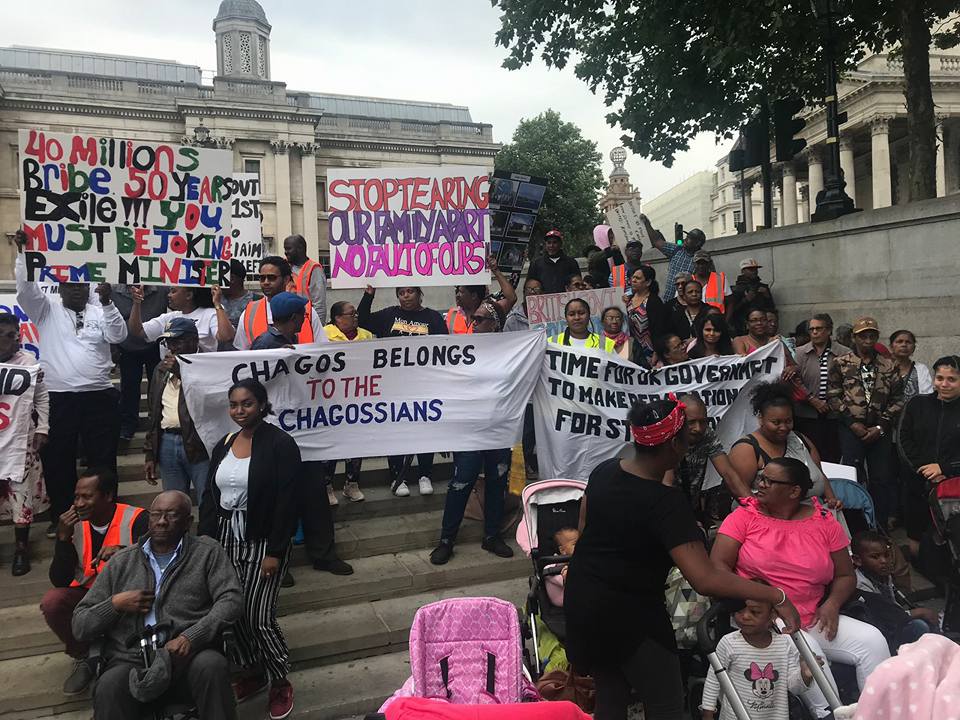
9. **Analysis of Controversial Clauses in the Draft Agreement**: The draft agreement for the handover of the Chagos Islands to Mauritius reportedly contains several specific clauses that have drawn particular scrutiny and concern, especially from a defense perspective. These provisions delve into the operational specifics and financial implications of the future arrangement for the base on Diego Garcia.
One set of clauses addresses employment and contracting, stipulating a preference for suitably qualified Mauritian nationals to be employed as contractors on the base “to the maximum extent practicable” and similarly favoring suitably qualified Mauritian companies for contracting services, equipment, material, or supplies, consistent with applicable regulations. Another potentially significant financial aspect mentioned is a commitment by the United Kingdom to grant multi-year funding as part of a development framework for projects to be undertaken by Mauritius over twenty-five years, raising questions about the rationale and scale of this financial commitment.
Further controversial clauses touch upon the base’s military activities and sovereign control. The agreement reportedly mandates that the United Kingdom expeditiously inform Mauritius of any armed attack on a third state directly emanating from the base on Diego Garcia. Additionally, it stipulates that Mauritius and the United Kingdom shall jointly decide upon the management and use of the electromagnetic spectrum, a critical element for modern military operations. The proposed grounds for termination of the agreement are also notably specific, allowing Mauritius to terminate only if the UK fails to make a required payment or if a “serious threat to its supreme national interests” exists, defined narrowly as an armed attack or threat on Mauritius territory by the UK or an armed attack on Mauritius directly emanating from the base.
10. **Concerns Regarding the Potential Threat to UK/US Nuclear Deterrence**: One of the most significant and alarming concerns raised regarding the proposed handover deal relates directly to its potential impact on the UK and US nuclear deterrence capabilities. Senior defense sources have issued stark warnings that the agreement, particularly concerning control of the electromagnetic spectrum, could compromise top-secret satellite systems vital for directing nuclear missiles.
The British nuclear deterrent, carried by the Royal Navy’s bomber submarines, relies on a sophisticated system for coordinating missile launches. This system, known as the Automated Digital Network System 3 (ADNS 3), is shared by both the Royal Navy and the US Navy and is a crucial component of the ‘Nuclear Firing Chain’ (NFC). Its proper functioning depends on secure connection points, or ‘nodes,’ located at various strategic points around the world, including, critically, on the Diego Garcia base.
These nodes require robust physical protection and, perhaps even more importantly, assured control of the surrounding electromagnetic environment to prevent interference or interception. Defense sources fear that clauses within the proposed deal could undermine this necessary control, thereby introducing vulnerabilities into the nuclear command and control network. The potential for disruption to this highly sensitive system represents a profound national security concern, linking the diplomatic negotiations over a remote island to the fundamental reliability of strategic defense capabilities.

11. **The Crucial Importance of Electromagnetic Spectrum Control**: At the heart of the concerns about the handover deal’s impact on nuclear deterrence lies the complex issue of managing the electromagnetic spectrum. This invisible, yet vital, resource is essential for modern communications, radar, navigation, and the secure operation of military systems, including those that underpin the ability to command and control nuclear forces.
The proposed agreement reportedly includes a clause stating that Mauritius and the United Kingdom will jointly decide on the management and use of this spectrum. While seemingly administrative, this provision is viewed with deep apprehension by some defense experts. They argue that this joint control, and specifically the potential for other countries to be granted access to the spectrum around Diego Garcia (potentially for profit by Mauritius), could create a dangerous pathway for hostile actors.
Senior sources have specifically warned that this scenario could offer Beijing, given China’s expanding influence in the Indian Ocean region, a “gateway” to jamming the ADNS 3 system. Since ADNS 3 provides assured tactical wide area networking essential for ‘full battlespace connectivity’ between ships and shore globally and is part of the NFC, any successful jamming or interference could disrupt the secure communications necessary for Britain’s nuclear deterrent. Maintaining exclusive, secure control over the spectrum around Diego Garcia is thus presented as indispensable for preventing hostile interception of messages or breakdown of communications within the nuclear firing chain.

12. **Political Divides and Critiques Surrounding the Deal’s Implications**: The proposed handover of the Chagos Islands has ignited a significant political debate within the United Kingdom, revealing a divide between the government’s stated position and sharp critiques from some political figures and defense experts. This debate highlights the perceived risks and costs associated with transferring sovereignty over such a strategically vital location.
Downing Street has maintained that the deal, far from undermining security, would actually enhance UK national security. The argument presented is that without a formal agreement, Britain risks losing access to or control over the electromagnetic spectrum necessary for operating the base effectively in the future, portraying the deal as a pragmatic necessity. This position, however, has been met with skepticism and outright rejection from some quarters.
Conservative former defense secretary Ben Wallace has been a vocal critic, dismissing the government’s rationale as a “totally fabricated excuse.” He argues that the islands’ importance transcends the spectrum issue and that the claimed threat to operations without a deal is “total fiction.” Other figures, like MP Tom Tugendhat, have reportedly described the public presentation of the advice on the deal’s implications as “nonsense.” Concerns have also been raised that Mauritius could establish a buffer zone around the islands, potentially preventing the Royal Navy from patrolling close enough to the base to provide necessary protection against potential adversaries, such as China, getting too close to sensitive military facilities.
The fate of Diego Garcia, a speck of land with outsized strategic importance, remains intertwined with complex diplomatic negotiations, unresolved historical injustices, and evolving geopolitical realities. As discussions continue, the delicate balance between international legal obligations, national security imperatives, and the legacy of displacement shapes the narrative of this remote, yet globally significant, military outpost.

